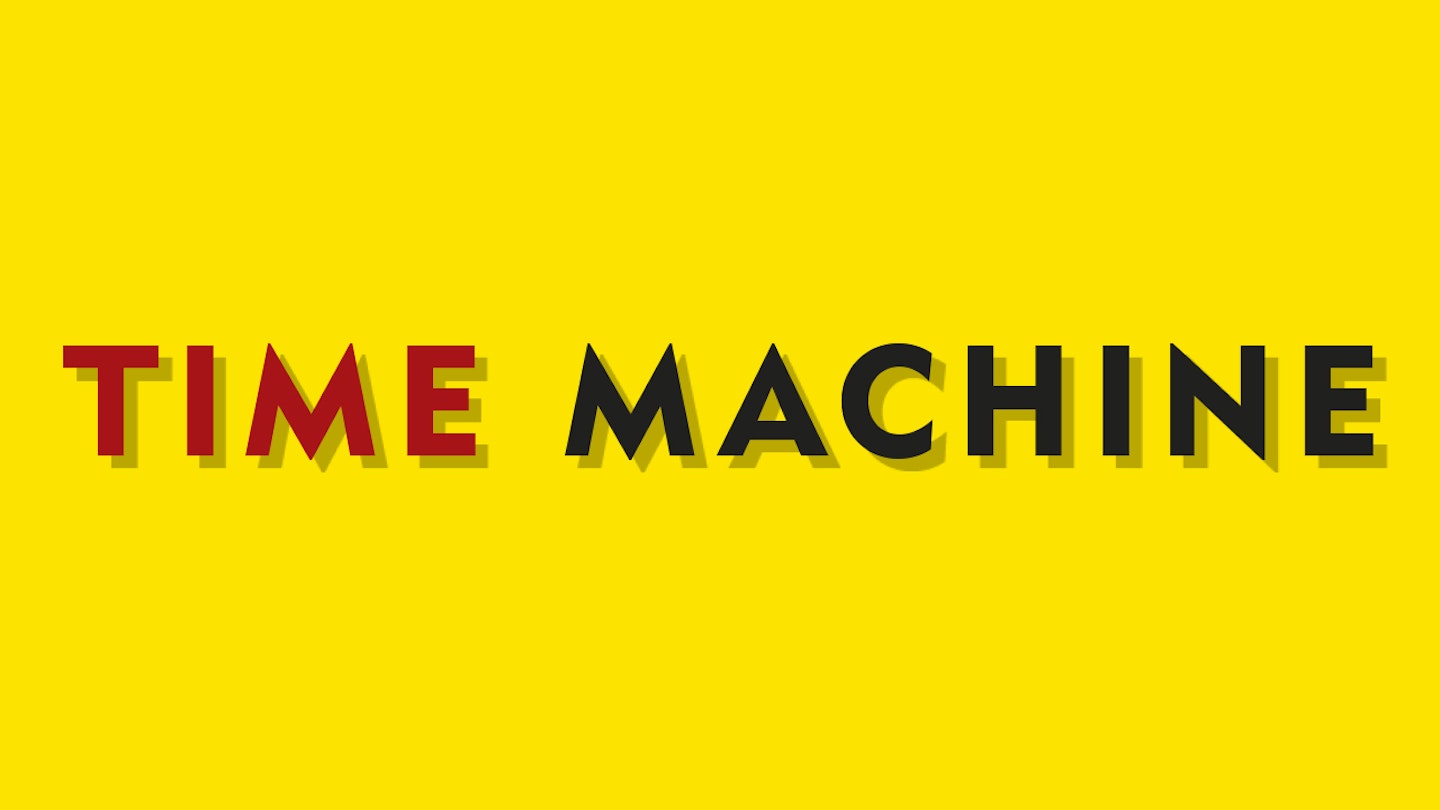10 July, 1965
Rock made the devil’s deal with radio advertising from day one. “You can get them piping hot after 4pm,” sang Elvis Presley of Southern Maid Donuts on a Louisiana Hayride show on November 6, 1954. It was to be his only radio commercial.
A bigger explosion came in July 1965 when Billboard ran the headline, “Coca-Cola Uncorks Teen Radio Drive”. It announced that the celebrated American soft drink, recently established as a pop art icon via Andy Warhol, was taking on the country’s pop airwaves.
A month or two earlier, singer-dancer John Bubbles, a favourite at Harlem’s Apollo Theatre, had linked with The Shirelles for a smooth radio jingle based around the slogan Things Go Better With Coke. Bubbles, one of Michael Jackson’s heroes – hence the naming of his sidekick chimp – proved an equal hit with listeners. The ad went Top 40 on an Augusta, Georgia, radio station and Coke’s ad-men knew they had winner.
How did it come about? Flashback to 1962, when Bill Backer, a young executive at McCann Erickson’s advertising agency, heard Freddy Cannon’s hit Palisades Park and loved its lyric: “We ate and ate at a hot dog stand, we danced around to a rockin’ band.” If hot dogs could inspire such rock joy, he mused, why not Coke?
Backer came up with the Things Go Better… jingle and took a New York folkie vocal group, The Limeliters, into a run-down studio to record a demo. The resulting ad provided so popular that The Limeliters were obliged to play it live. Backer convinced Delony Sledge, head of Coca-Cola’s advertising, that a radio onslaught featuring such 60-to-90-second creations was the way to go.
Recognising a good commercial opportunity, the first wave of acts featured The 4 Seasons, Jan & Dean and the John Bubbles-Shirelles pairing. The Jan & Dean recording ticked all the boxes, somehow blending Backer’s Coke slogan with their ’64 hit The Little Old Lady From Pasadena, which itself owed much to a Dodge commercial.
“The ads were popular because they did sound like the records,” Backer told Ted Ryan, director of heritage communications at Coca-Cola, in 2013. “They didn’t sound like jingles… we produced them exactly like the recordings were being done.” Backer also told Ryan that the acts would record up to 15 versions of their Coca-Cola melodies in search of the one killer take.
“Some of my favourite things are the Coke commercials Aretha and I sang together.”
ray charles
Also involved in Coca-Cola’s biggest-ever radio campaign were Tom Jones, Roy Orbison, The Supremes, The Coasters and Vanilla Fudge, with more to come. Backer’s decision that the artists’ arrangers, favoured sidemen and A&R men should be employed in their recordings bore some remarkable fruit. Ray Charles linked with Aretha Franklin for a strings-caressed creation penned by Neil Diamond that hit the heights, as it lauded Coke as a panacea for your ills. “Aretha, I loved her gospel singing,” recalled Brother Ray. “Some of my favourite things are the Coke commercials Aretha and I sang together. They won some awards and even made the Top 10 charts on a couple of radio stations.”
Fascinating mini-documents from a time before commercial endorsements were frowned upon, the Coke ads sounded kosher, just like Backer intended. One contribution by The Who was proto hard rock, demanding “Coke after Coca-Cola”, while Marvin Gaye’s offerings with and without Tammi Terrell were mini marvels of effortless soul. An Everly Brothers contribution provided great summer sounds and a lyric that commenced: “Sitting in my lifeguard seat/Out here in the sun and heat/Watching that the little girls don’t drown.”
Diana Ross And The Supremes didn’t stop at one, with ads that revisited their hit singles Baby Love and When The Love Light Starts Shining Through His Eyes, plus one which found Ms Ross ad-libbing. Tom Jones, meanwhile, reworked his smash It’s Not Unusual to declare, “Life is much more fun when you’re refreshed.”
The radio campaign was terminated in 1969 when a new slogan, “It’s The Real Thing”, took up the challenge of selling the branded cola on air. But it had proved an overwhelming success, involving over 100 bands and entertainers, with many others attempting to join the queue, realising that they would benefit as much as Coca-Cola from the airplay.
Many of these recordings were sent to radio stations on 45 rpm discs and are in demand by collectors. As for Bill Backer, he would go on devise the famous New Seekers/hilltop choir singing I’d Like To Buy The World A Coke campaign in 1971, and was reputedly the inspiration for Mad Men’s Don Draper.
